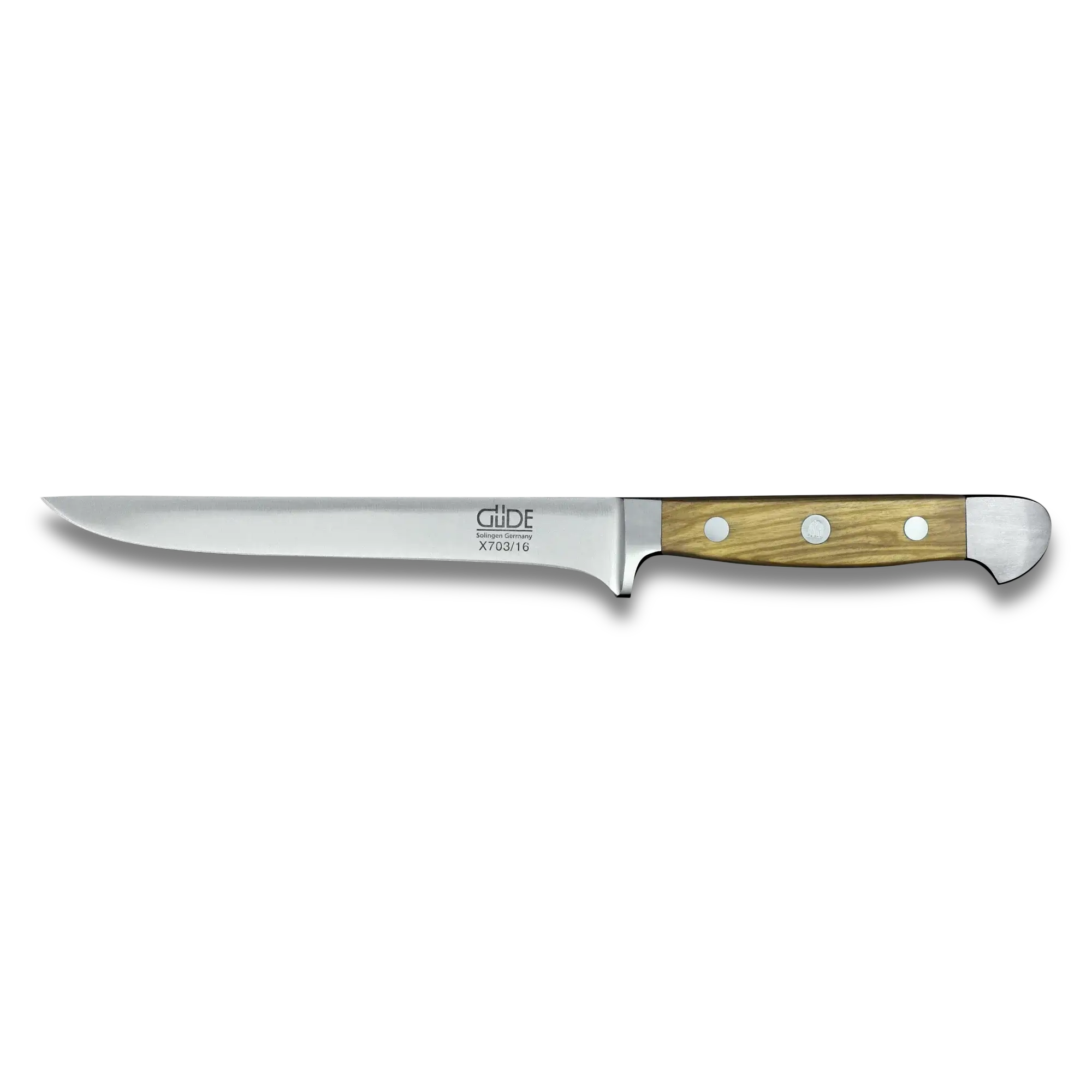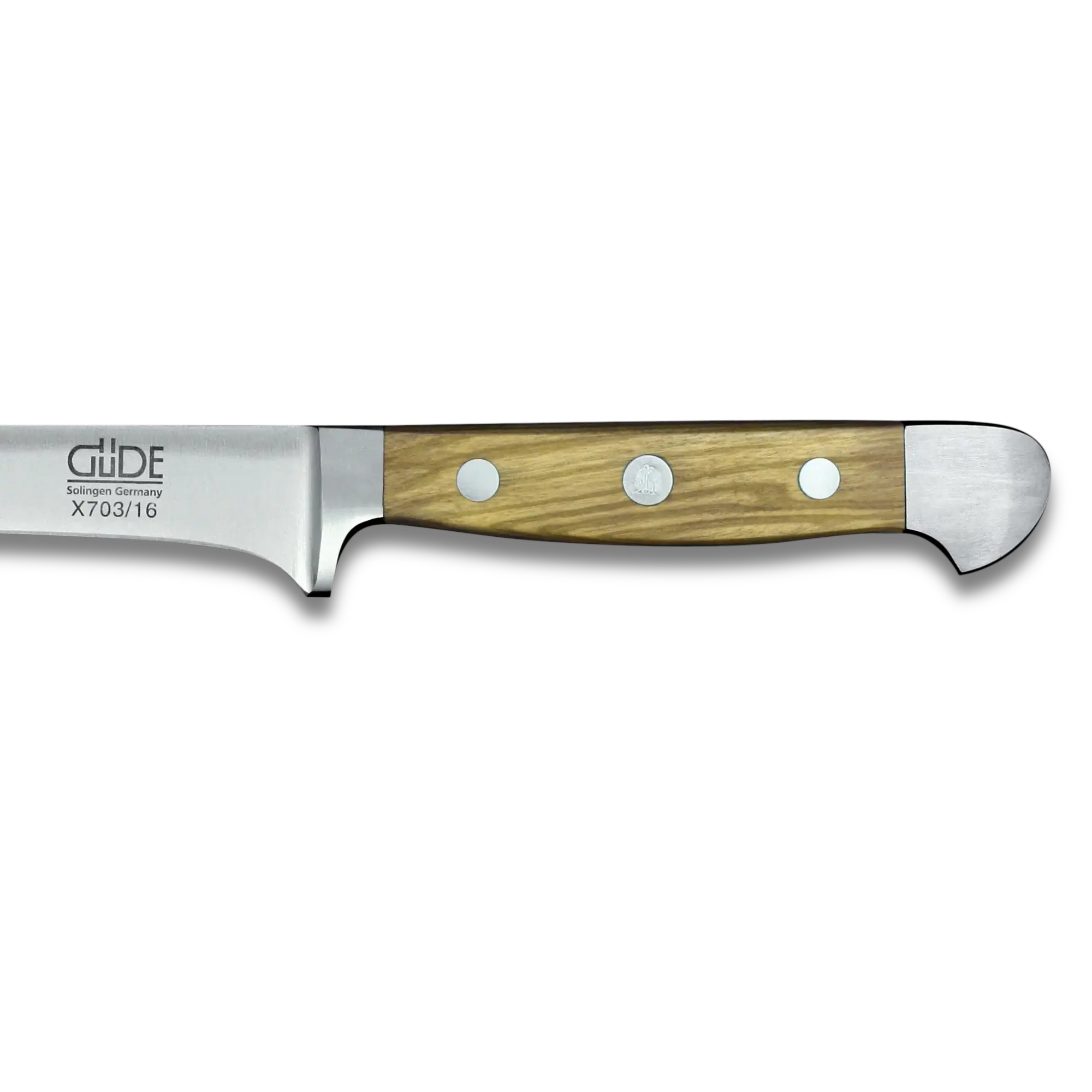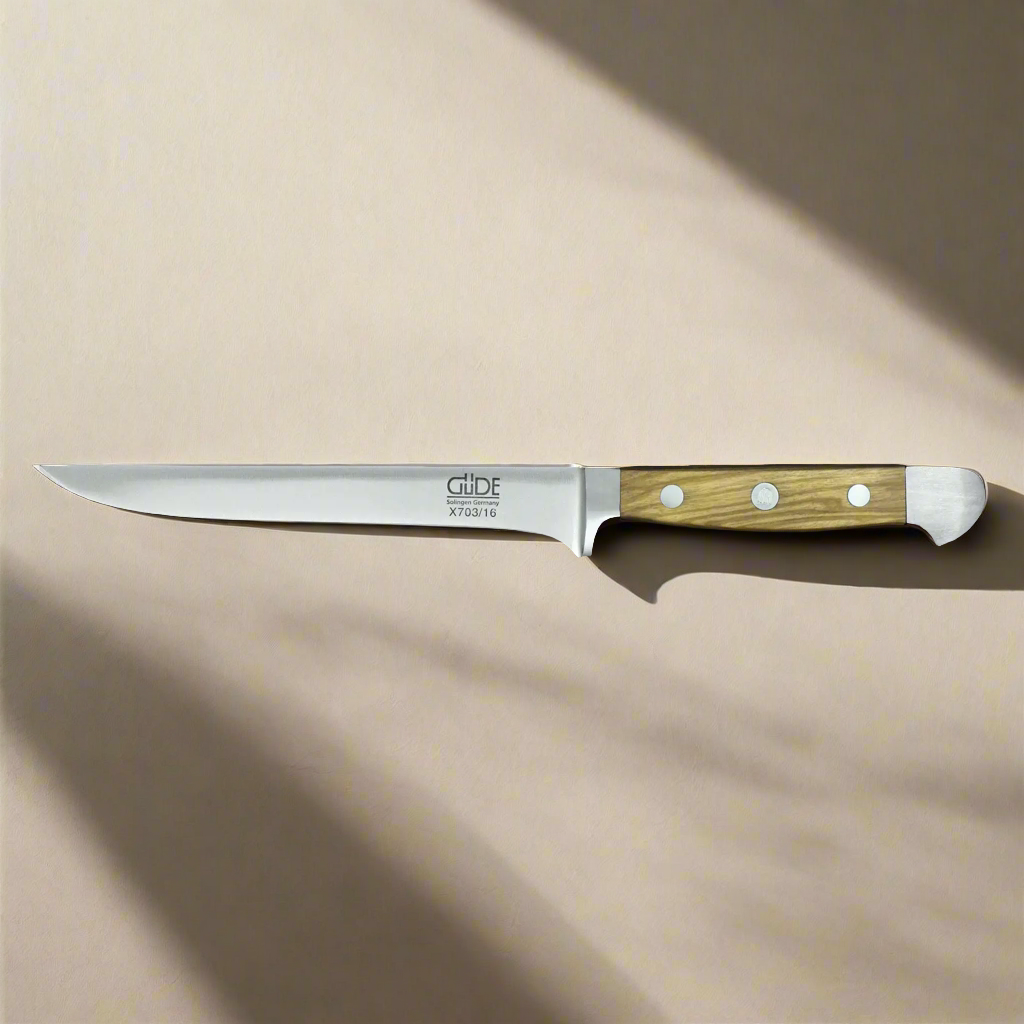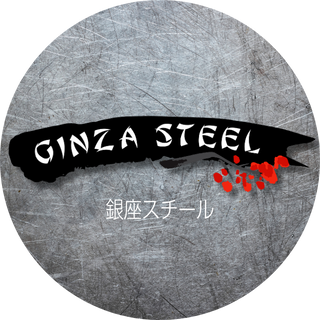


ALPHA OLIVE | Boning Knife 16cm (Flexible) | Forged Steel / Olive wood handle
Dishwasher Safe | No
€95,95
The GÜDE SOLINGEN 16cm Boning Knife is engineered with a high-quality stainless steel blade, ensuring seamless deboning of meats and fish. Its ergonomic handle enhances grip and control, making intricate tasks a breeze. Elevate your culinary precision with the GUDE SOLINGEN 16cm Boning Knife, a must-have for achieving impeccable results in the kitchen.
Choose options

